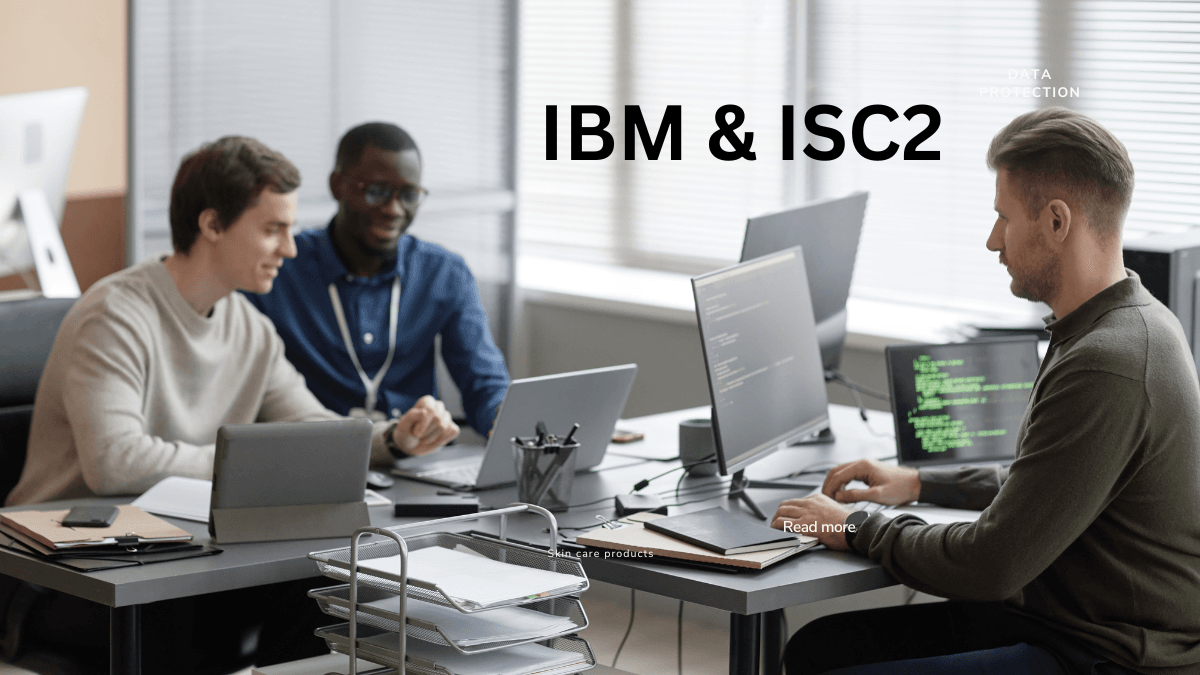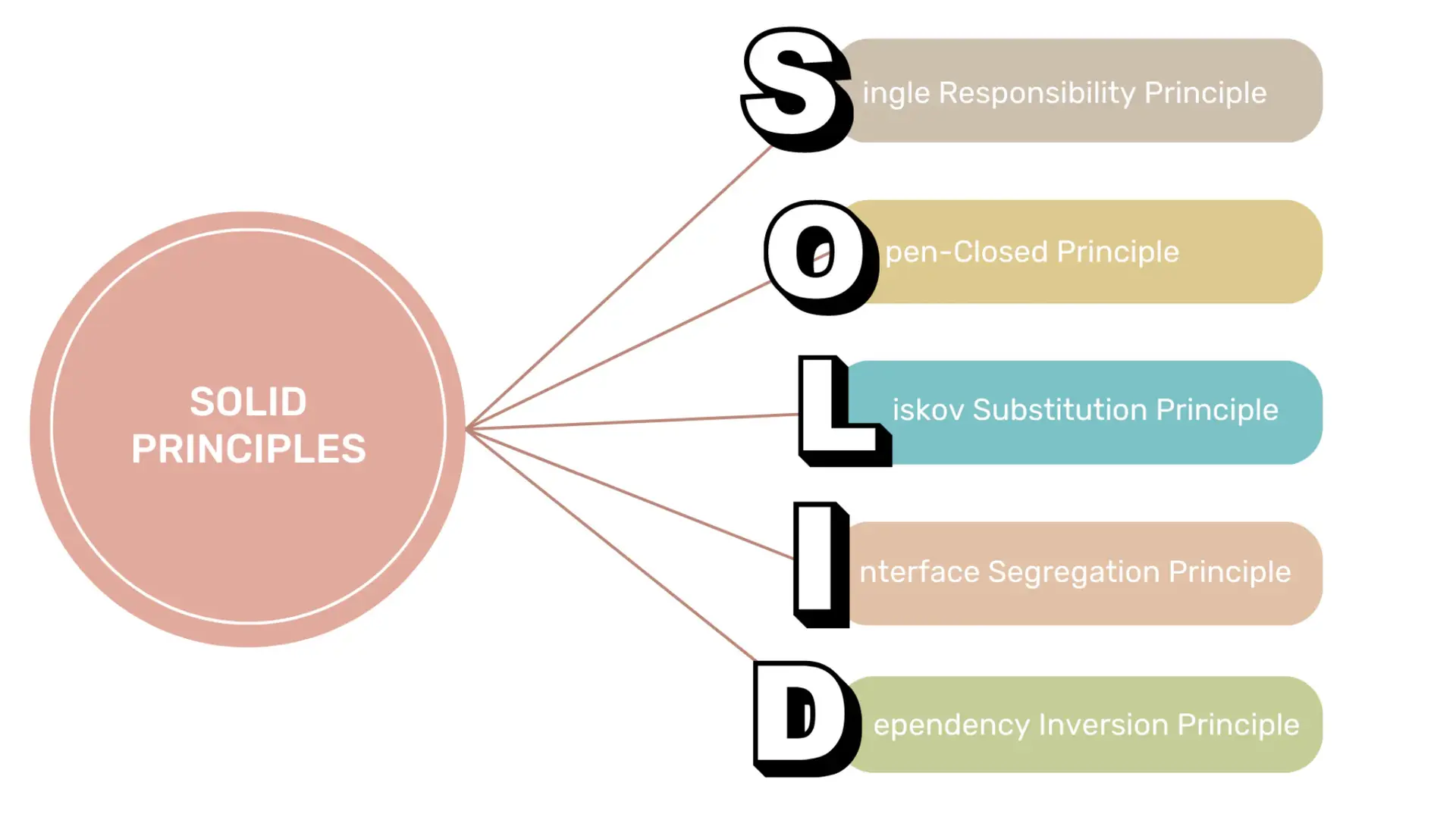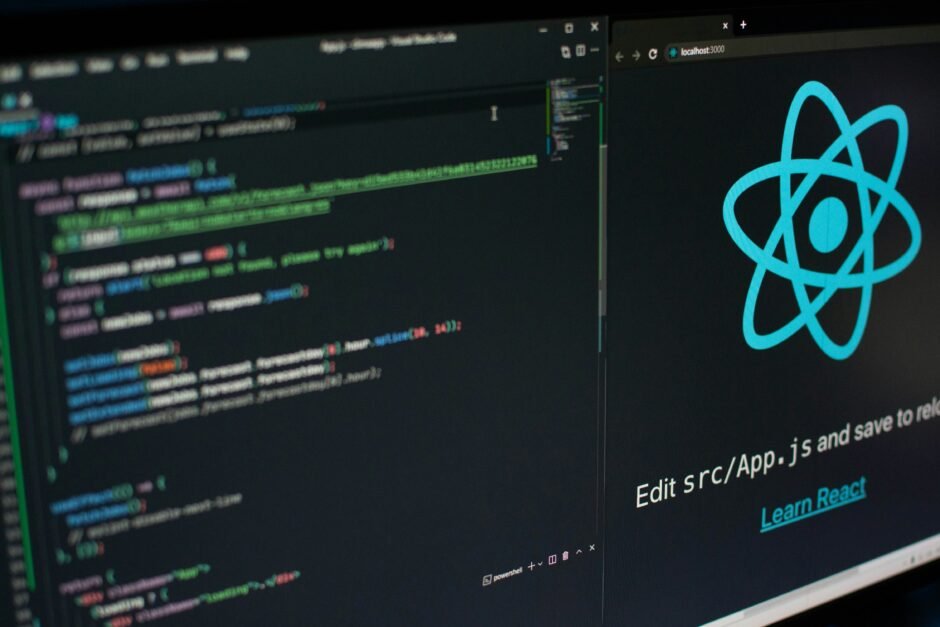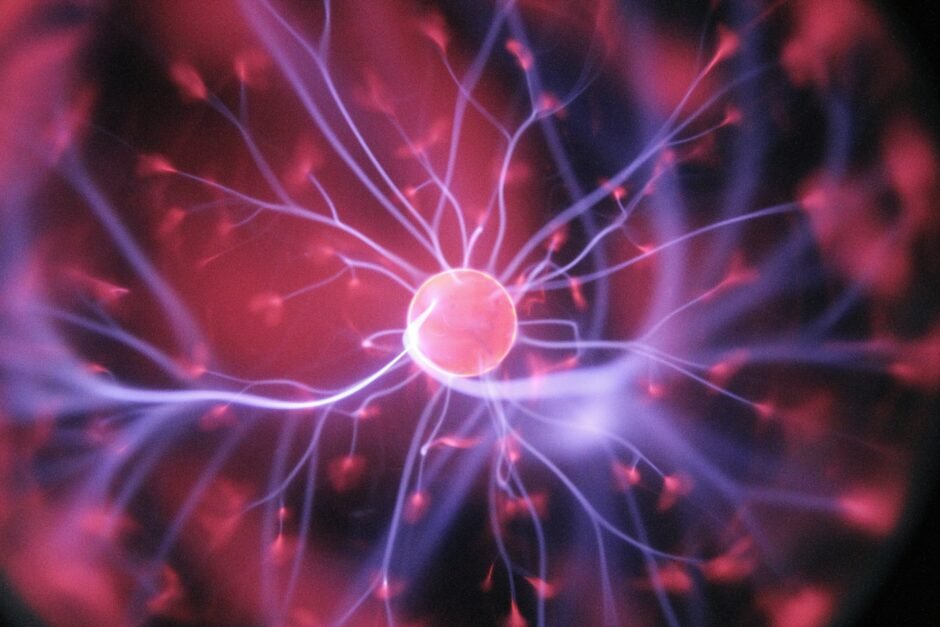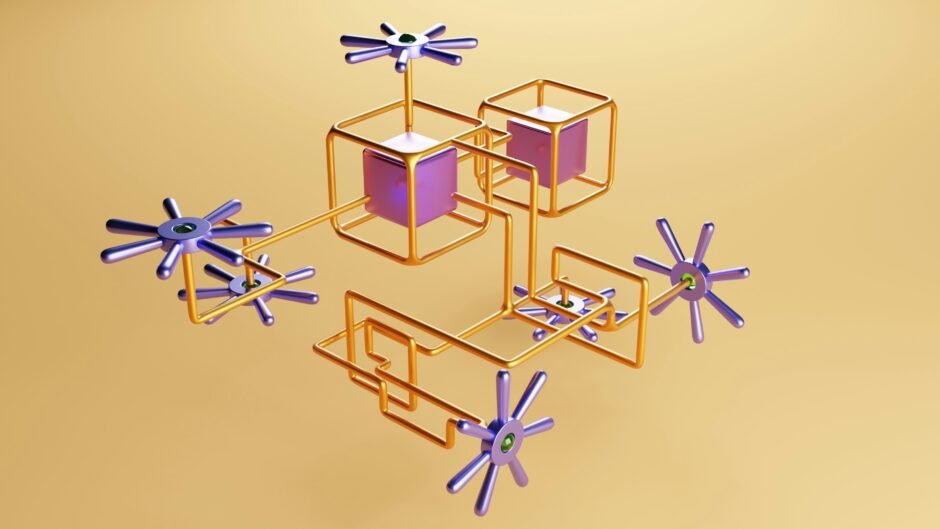AWS CloudFormation Q&A and Courses + free courses
AWS CloudFormation Q&A and Courses + free courses
AWS CloudFormation is a service that allows users to define and manage infrastructure as code, making it easier to provision and manage resources in an automated and repeatable manner.
With CloudFormation, users can create templates using JSON or YAML to describe the AWS resources needed for their applications or environments, such as EC2 instances, S3 buckets, databases, networking components, and more.

These templates, known as stacks, can be provisioned, updated, and deleted as a single unit, ensuring consistency across different environments and simplifying the management of complex architectures.
The advantages of learning AWS CloudFormation are manifold.
Firstly, it facilitates infrastructure automation, enabling the creation and management of resources in a predictable, efficient, and scalable manner.
This automation reduces the risk of human error and ensures consistent configurations across deployments.
Additionally, CloudFormation templates can be version-controlled, promoting collaboration among teams and allowing for better tracking of changes.

Learning CloudFormation also fosters agility by enabling rapid provisioning and deployment of resources, which is crucial in dynamic and fast-paced environments.
Furthermore, it aligns with the DevOps philosophy, allowing for the integration of infrastructure changes into CI/CD pipelines, streamlining the software development lifecycle.
Ultimately, mastering AWS CloudFormation empowers individuals and teams to efficiently manage and scale their AWS infrastructure while adhering to best practices in a systematic and organized manner.

Udemy AWS CloudFormation Courses with big discounted pricing
[ufwp search=”aws cloudformation” items=”99″ template=”grid” grid=”3″ lang=”en” style=”dark”]
here are 20 multiple-choice questions (MCQs) about AWS CloudFormation along with their respective answers:
Question: What is AWS CloudFormation primarily used for?
A) Data analysis
B) Infrastructure as code
C) Application monitoring
D) Load balancing
Answer: B) Infrastructure as code
Question: In AWS CloudFormation, what are the templates used for?
A) Defining and provisioning AWS resources
B) Data storage in S3
C) Executing Lambda functions
D) Managing security groups
Answer: A) Defining and provisioning AWS resources
Question: Which markup languages are supported for writing AWS CloudFormation templates?
A) XML and HTML
B) YAML and JSON
C) SQL and Python
D) CSS and JavaScript
Answer: B) YAML and JSON
Question: What is the smallest unit of deployment in AWS CloudFormation?
A) Stack
B) Resource
C) Template
D) Parameter
Answer: A) Stack
Question: Which AWS service allows the creation of reusable CloudFormation templates?
A) AWS Config
B) AWS IAM
C) AWS CloudFormation Designer
D) AWS CloudFormation StackSets
Answer: C) AWS CloudFormation Designer
Question: What does the AWS CloudFormation stack policy control?
A) Access to S3 buckets
B) IAM user permissions
C) Changes to stack resources
D) Data retention policies
Answer: C) Changes to stack resources
Question: What is the process of updating an existing stack called in AWS CloudFormation?
A) Stack creation
B) Stack deletion
C) Stack modification
D) Stack provisioning
Answer: C) Stack modification
Question: What is the maximum number of resources allowed in an AWS CloudFormation template?
A) 100
B) 200
C) 500
D) There is no hard limit
Answer: D) There is no hard limit
Question: Which AWS service provides a visual interface for designing CloudFormation templates?
A) AWS CloudFormation Designer
B) AWS CloudFormation Console
C) AWS CloudFormation Builder
D) AWS CloudFormation Visualizer
Answer: A) AWS CloudFormation Designer
Question: In AWS CloudFormation, what are parameters used for?
A) Defining resource dependencies
B) Controlling stack creation options
C) Specifying resource attributes
D) Managing CloudFormation stacks
Answer: B) Controlling stack creation options
Question: What does the “DeletionPolicy” attribute in CloudFormation templates define?
A) Policy for deleting IAM roles
B) Policy for deleting S3 buckets
C) Policy for retaining or deleting resources when the stack is deleted
D) Policy for terminating EC2 instances
Answer: C) Policy for retaining or deleting resources when the stack is deleted
Question: Which AWS service can be integrated with CloudFormation for deploying container-based applications?
A) Amazon S3
B) Amazon ECS
C) Amazon RDS
D) Amazon Redshift
Answer: B) Amazon ECS
Question: What is AWS CloudFormation Change Sets used for?
A) Creating new stacks
B) Deleting existing stacks
C) Viewing proposed changes before executing updates
D) Tracking stack resource changes
Answer: C) Viewing proposed changes before executing updates
Question: What is the purpose of AWS CloudFormation drift detection?
A) Identifying differences between the template and the actual stack configuration
B) Automatically updating stacks
C) Analyzing CloudFormation logs
D) Monitoring stack performance
Answer: A) Identifying differences between the template and the actual stack configuration
Question: Which AWS CLI command is used to create a CloudFormation stack from a template?
A) aws create-stack
B) aws update-stack
C) aws deploy-stack
D) aws cloudformation create-stack
Answer: D) aws cloudformation create-stack
Question: How does AWS CloudFormation handle rollback when a stack creation or update fails?
A) Deletes all resources immediately
B) Retries the operation after a delay
C) Rolls back to the previous known stable state
D) Stops the stack operation indefinitely
Answer: C) Rolls back to the previous known stable state
Question: Which AWS CloudFormation feature allows for the creation of nested stacks?
A) StackSets
B) Stack Dependencies
C) Stack Mapping
D) Stack nesting
Answer: A) StackSets
Question: What happens to the resources created by AWS CloudFormation if the stack is deleted?
A) Resources are retained by default
B) Resources are deleted automatically
C) Resources are archived for future use
D) Resources can’t be deleted once created
Answer: A) Resources are retained by default
Question: How does AWS CloudFormation simplify infrastructure management?
A) By allowing only manual resource provisioning
B) By providing a visual interface for resource management
C) By enabling infrastructure as code and automation
D) By limiting the number of resources per stack
Answer: C) By enabling infrastructure as code and automation
Question: Which AWS service can be used to track changes and control access to CloudFormation stacks?
A) AWS CloudWatch
B) AWS Config
C) AWS CloudTrail
D) AWS IAM
Answer: C) AWS CloudTrail



